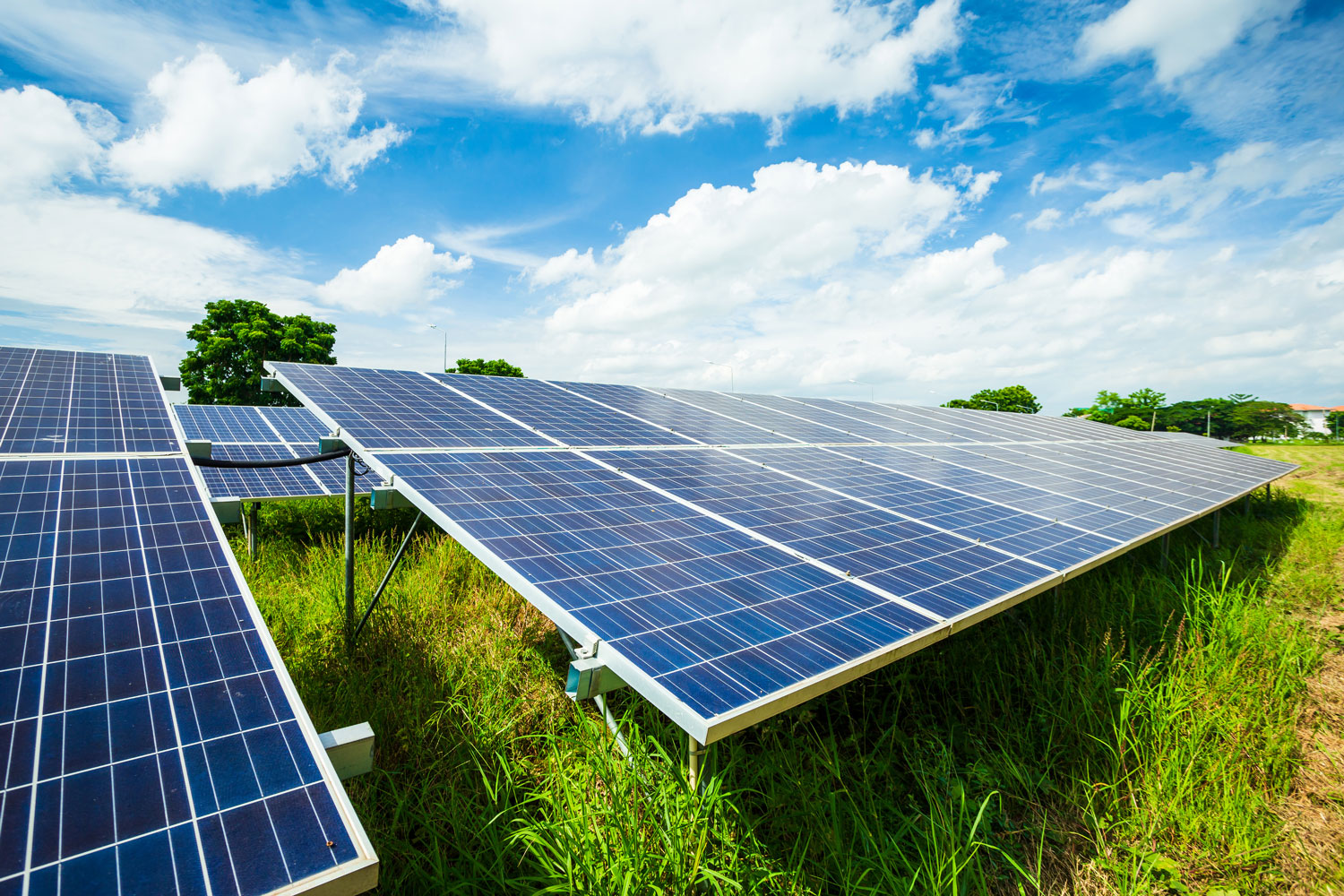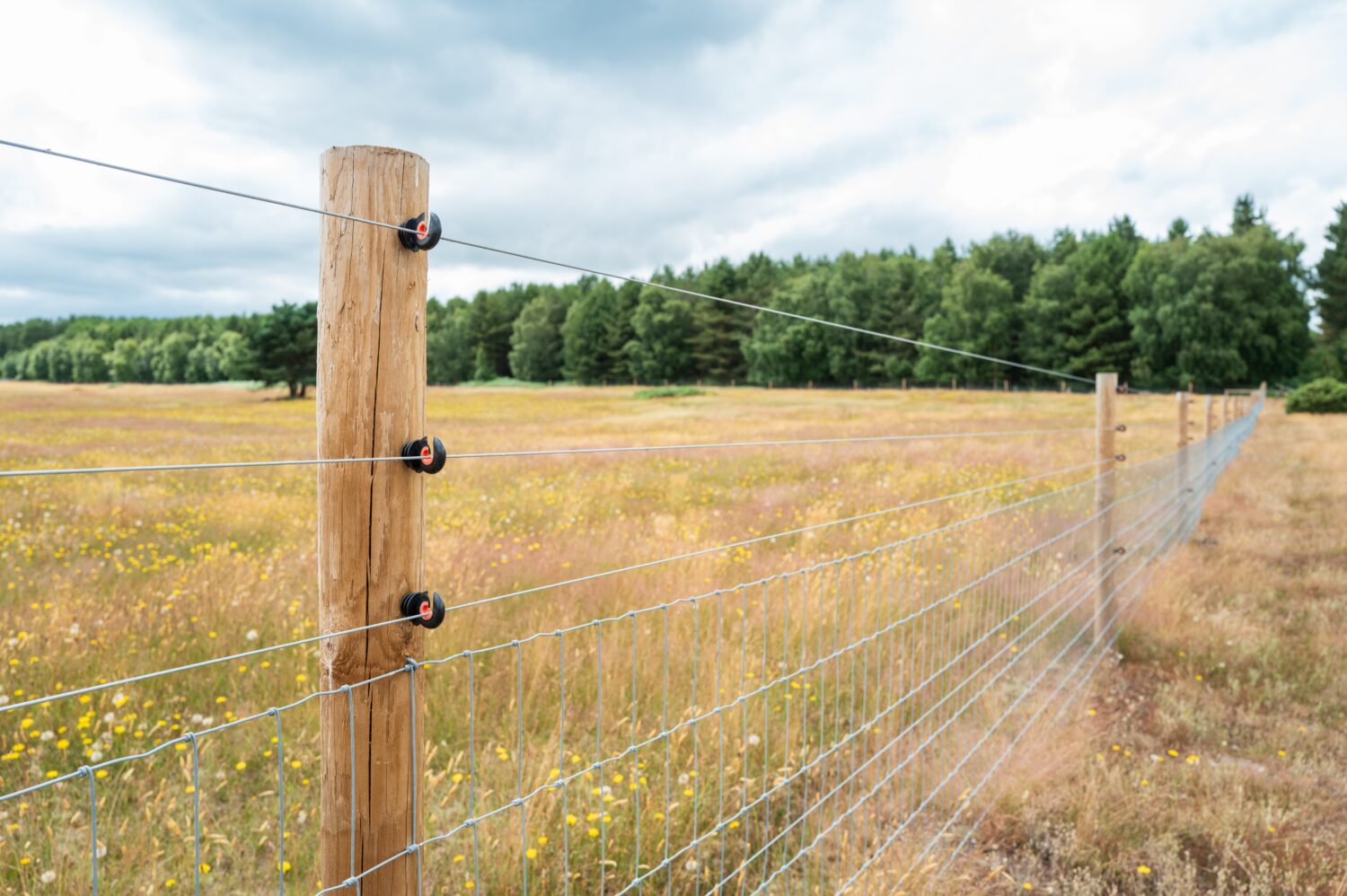



Many studies have shown that large scale solar farms do not have a negative impact on property values to adjacent landowners. There has been no evidence of an impact to the sale of agricultural or residential property adjacent to large scale solar farms.
Solar’s Impact on Rural Property Values – The American Society of Farm Managers and Rural Appraisers
Solar and Property Value – The Solar Energy Industry Association
“By weight, most solar panels are around 80 percent glass and aluminum which are easy components to recycle at general-purpose recycling centers. Solar panels also contain at least one rare or precious metal which may be recycled at the end of its useful life. Metal racking, framing, copper wire, and other equipment may offer scrap value that can offset decommissioning costs.” – CCEBA Solar Decommissioning Fact Sheet
Circular economy priorities for photovoltaics in the energy transition – PLOS One Journal
There are no studies indicating negative health impacts from a solar project site. The compounds within solar panels – Cadmium Telluride, Silicon, and others – do not leech (or escape/leak) from panels even during extreme weather conditions that damage panels (see Virginia Tech study). Materials inside a solar panel are solid and fully encapsulated in tempered glass.
Health and Safety Impacts of Solar Photovoltaics – North Carolina State Extension
Research indicates that any heat around or immediately above a solar project quickly dissipates. With the temperature dropping after sunset, it is very unlikely a heat island could occur as the system completely cools overnight. Solar panels operate more efficiently at lower temperatures, and it is in the best interest of solar project owners to keep temperatures lower with vegetative ground cover.
Analysis of the Potential for a Heat Island Effect in Large Solar Farms – Columbia University
Take control of your community’s energy future and join our movement to see clean energy done the right way.

"*" indicates required fields